Hotel Residence
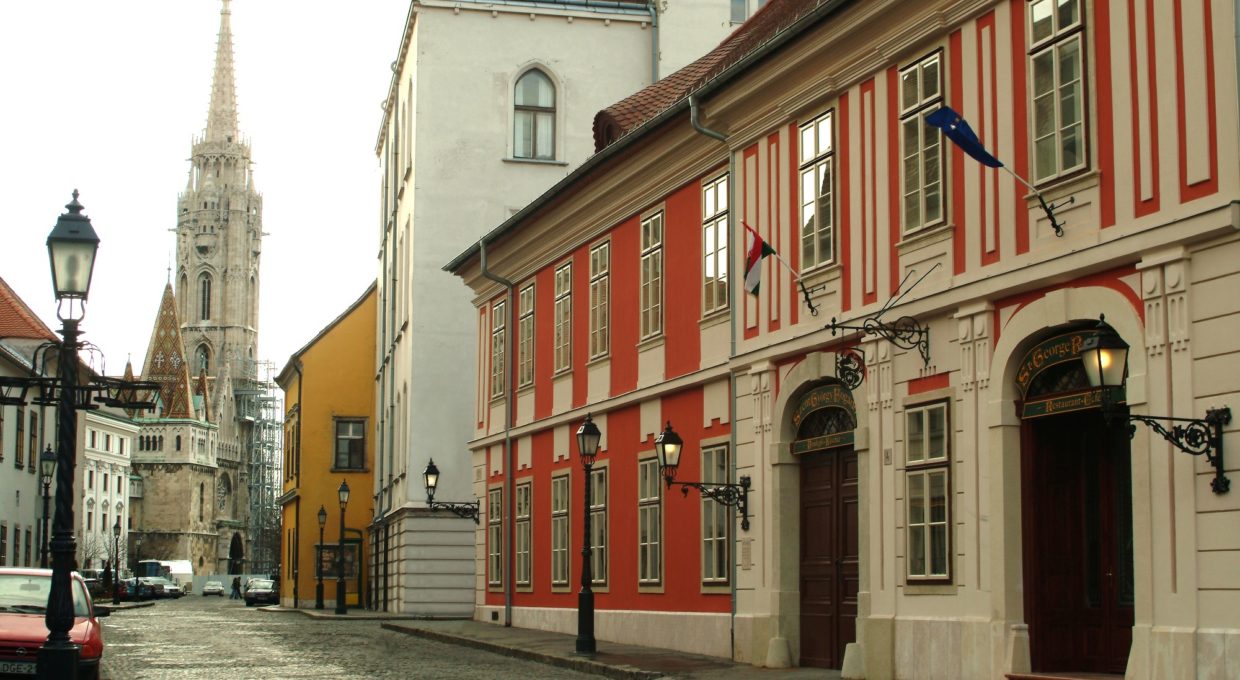
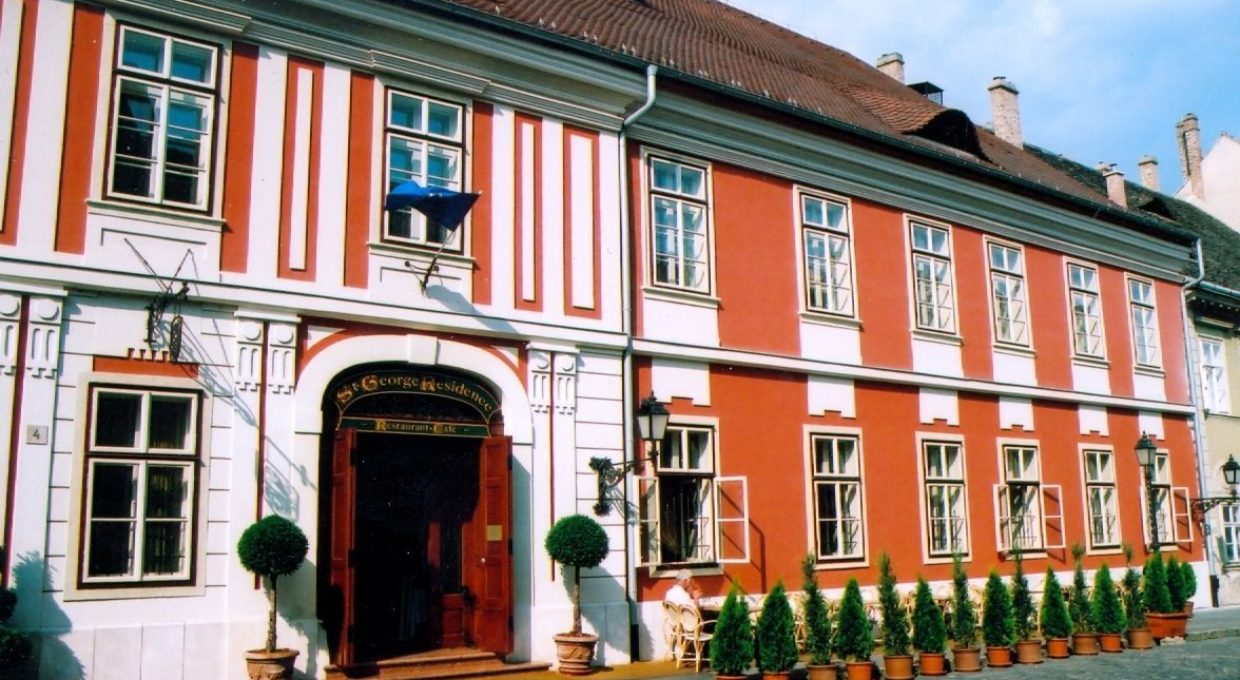
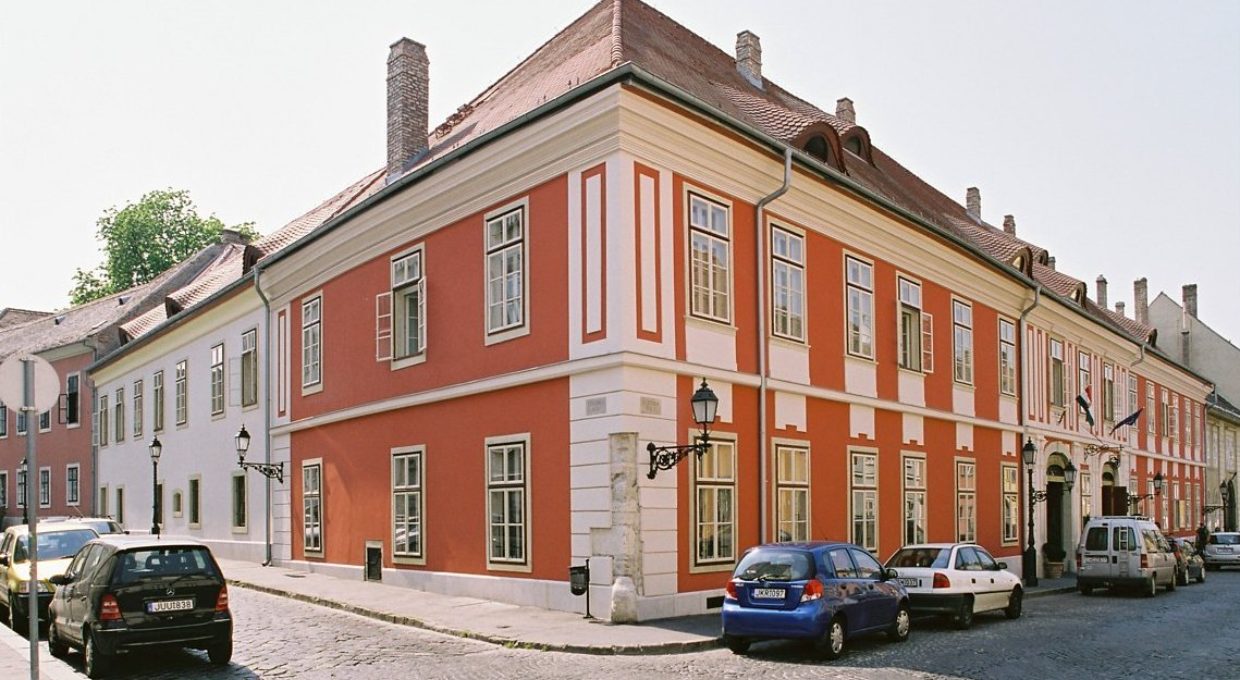
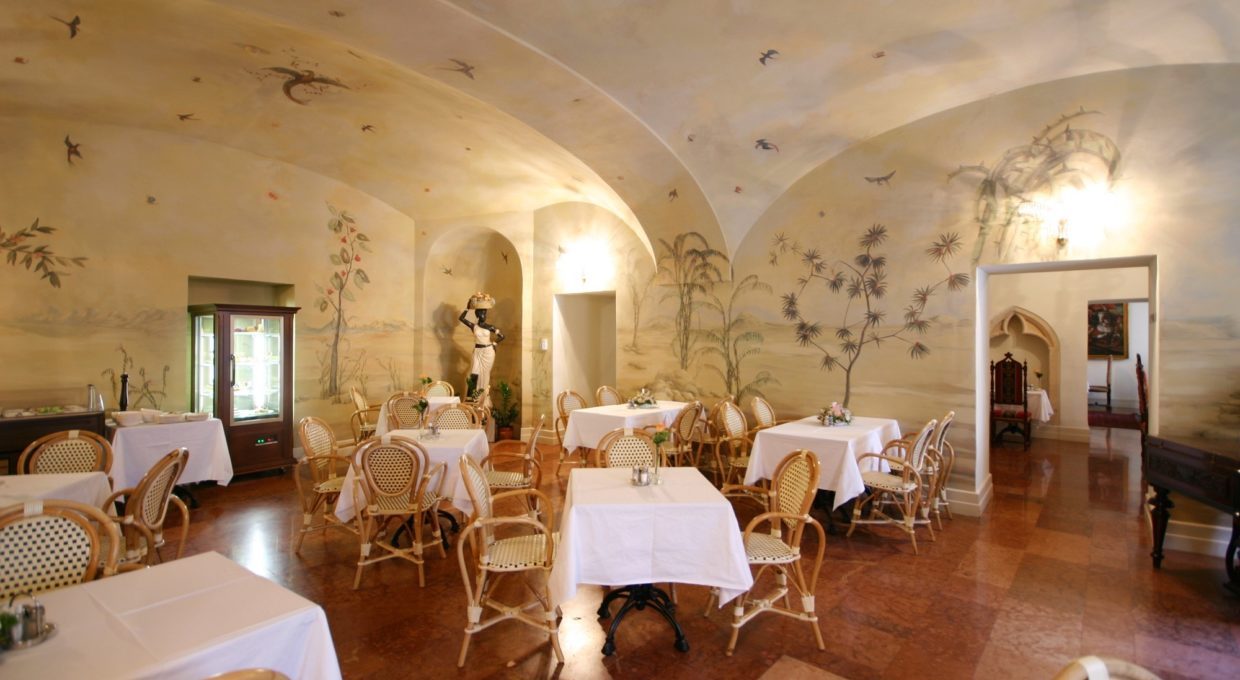
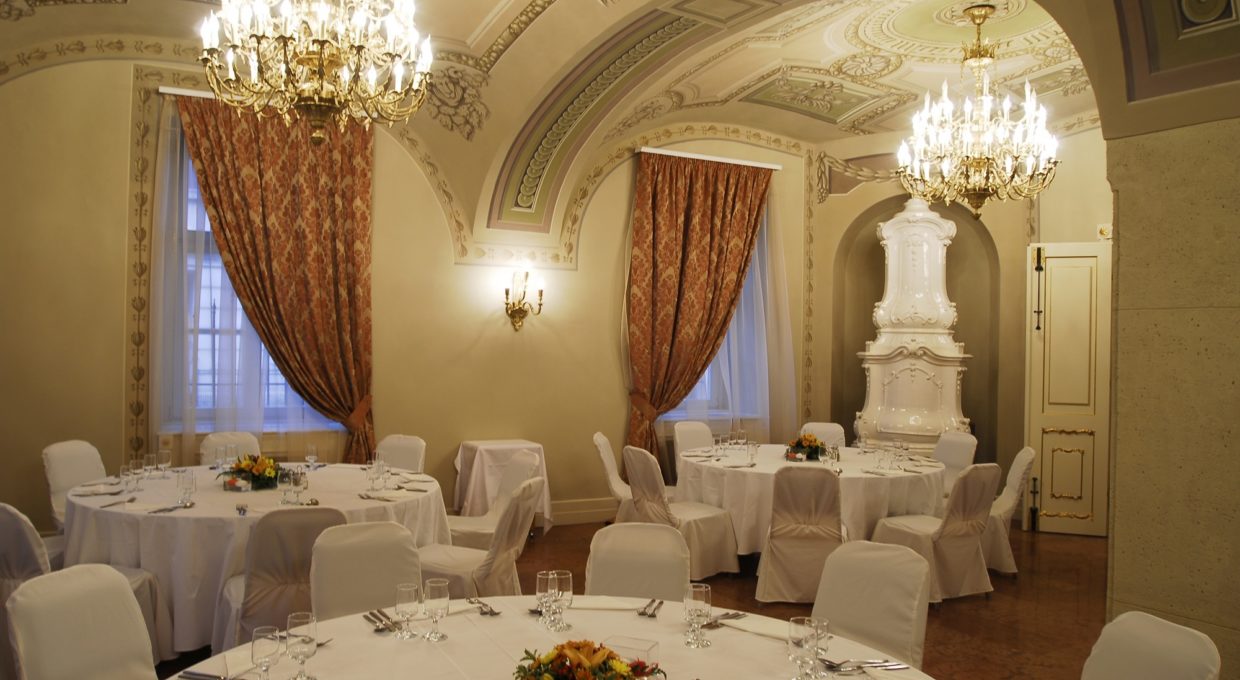
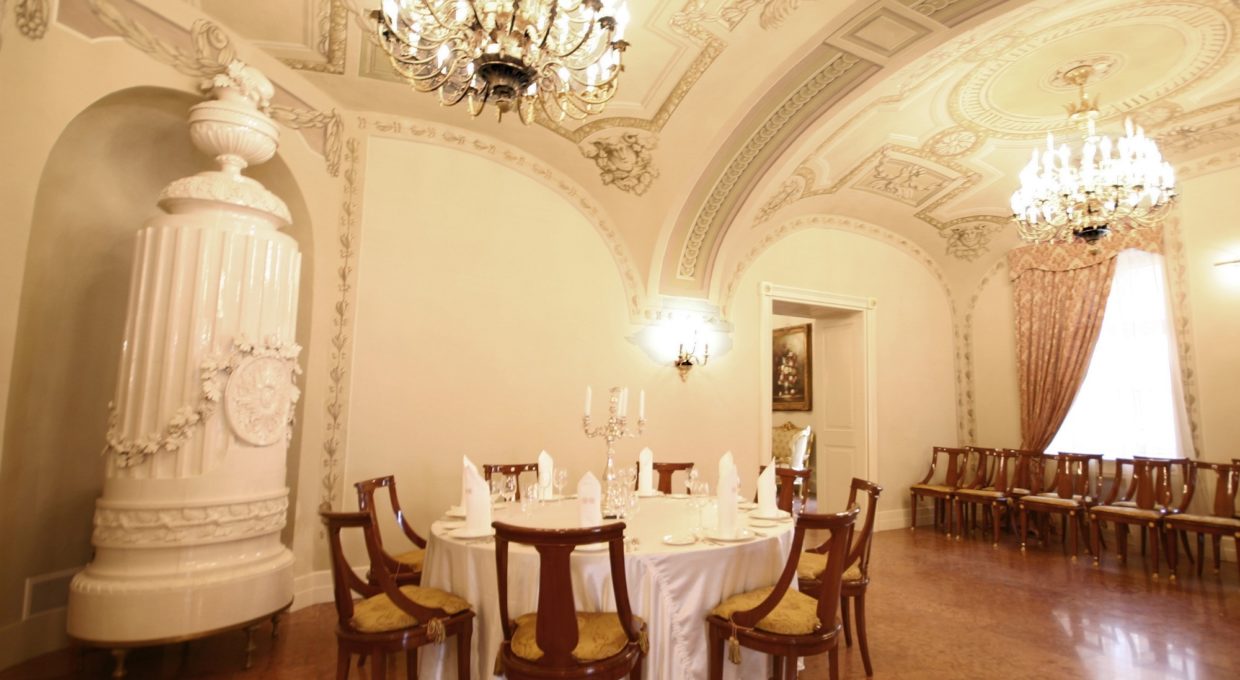
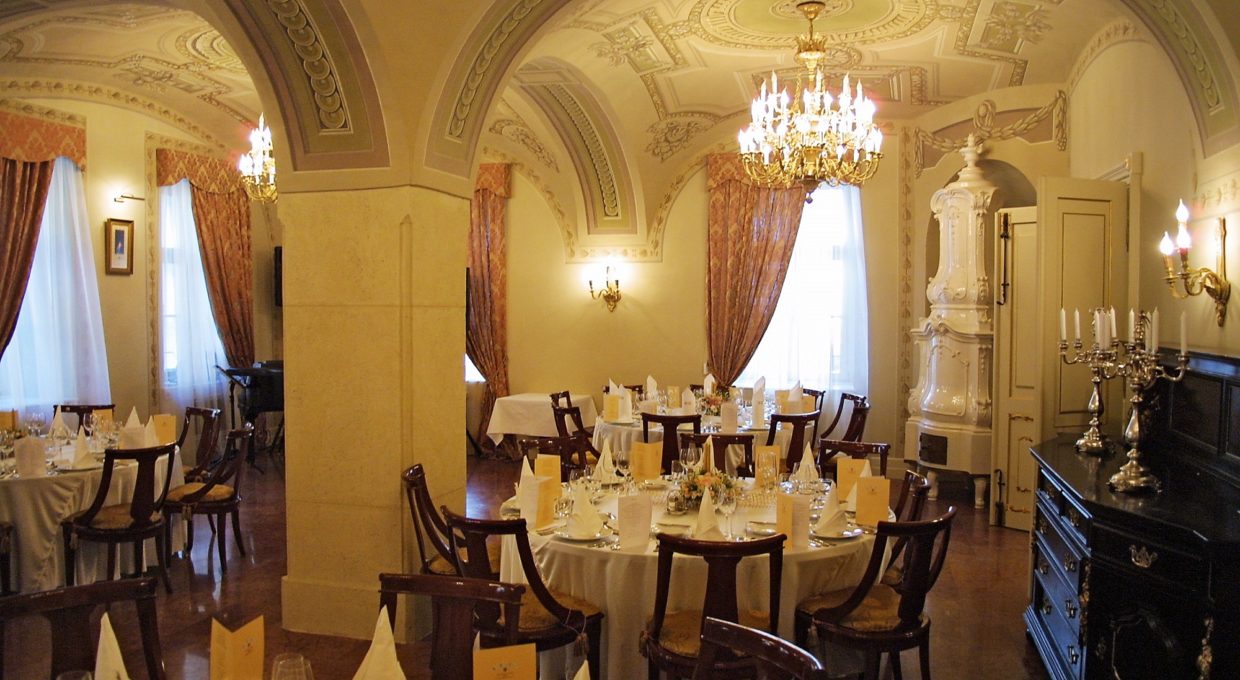
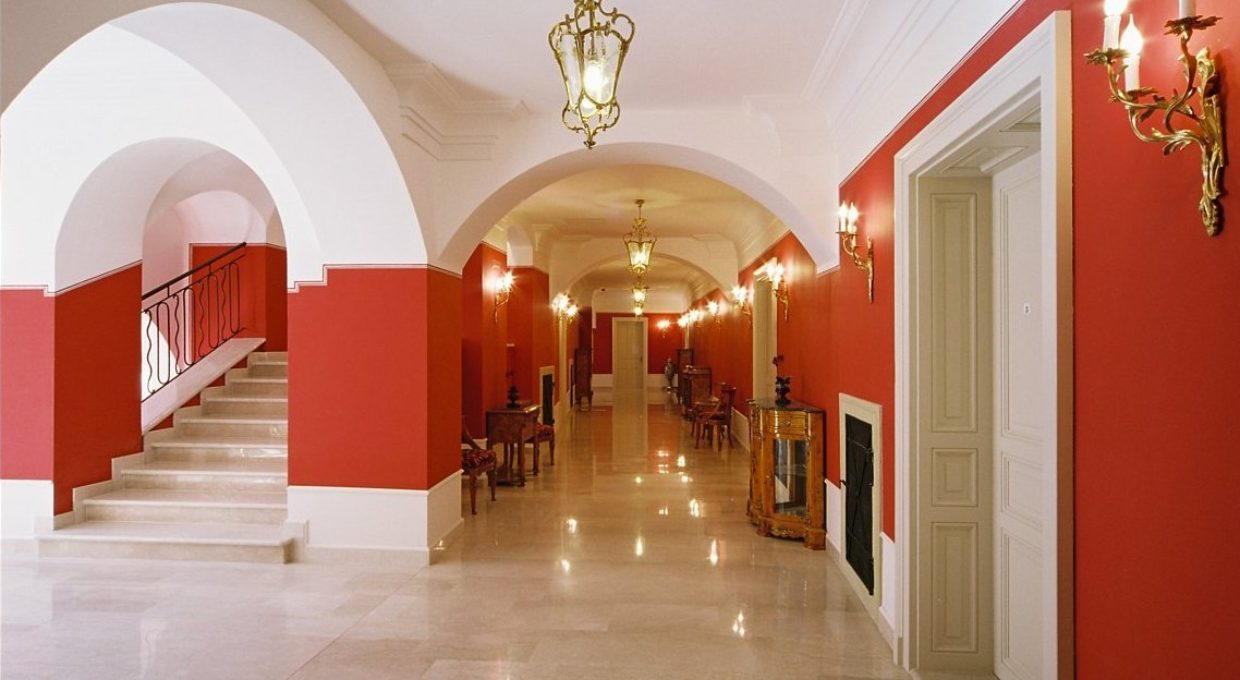
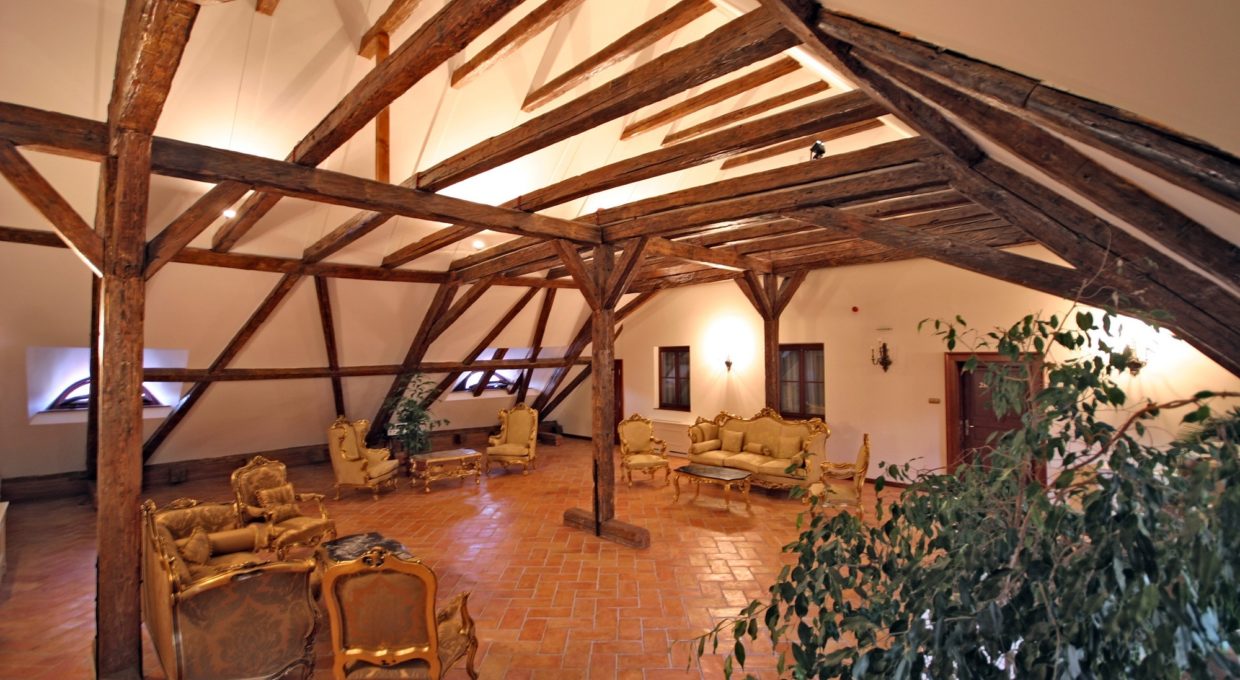
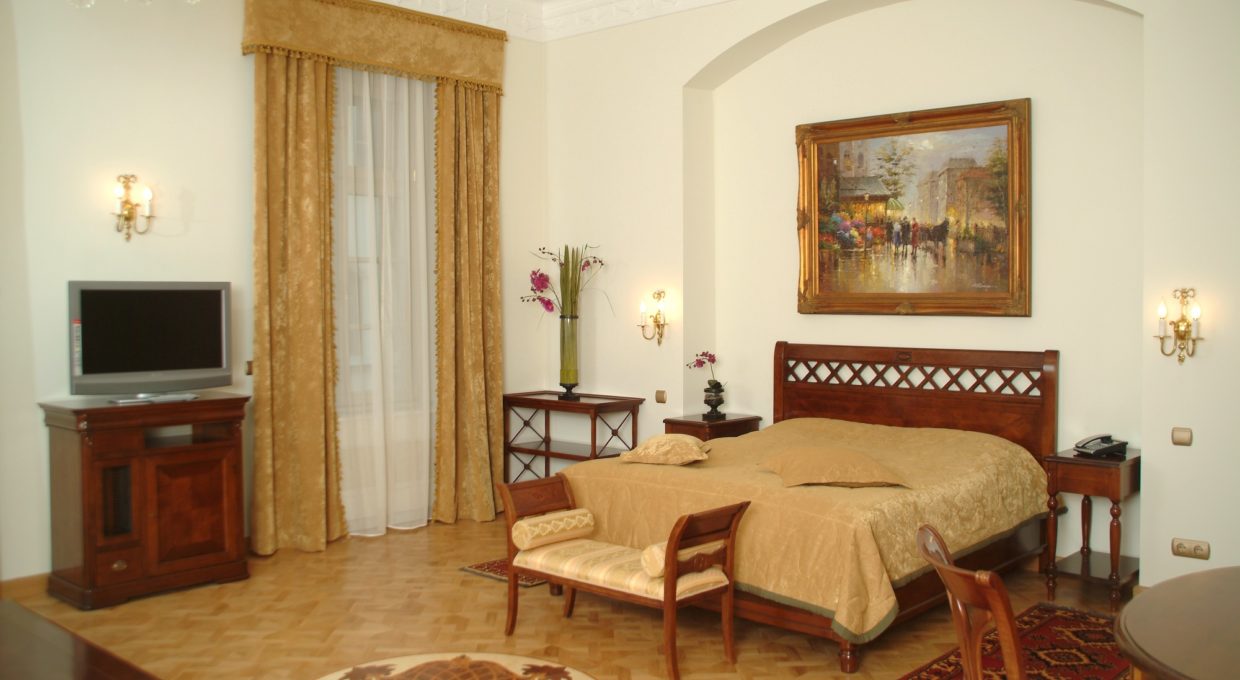
The building currently housing Residence Hotel was earlier the home of Museum of Catering Trade. In the building, containing the remnants of three medieval houses, already in 1748 an inn and café was operating. This café and the restaurant used to be one of the centers of social life of Buda. The inn had 22 rooms, plus room for 40 horses and four carriages. In its columned hall theater performances were held. After socialisation, it was used as a museum, and its condition was constantly deteriorating.
The characteristic features of the house, its volume and interior both evoke the era of the 18th century. These characteristics were the foundation of the reconstruction works. However, the corner stones, niches and vaults of the cellar, niches of the former gateway, the wall structure of the northern firewall and stone consoles, and wooden beam ceilings are recalling the gothic era. In the baroque era most of the medieval buildings were demolished, and Fortuna Street wing was formed as a one-storey building, with 6+3+6 main axis divisions, one gateway and one staircase.
During the reconstruction of the building we aimed to respect the original details, structures, architectural and artistic details to the greatest extent, and presenting them to the public. The strengthening of the vaults, restoration of the facade and the stone structures, murals, ornamented and gilded doors with their fittings, stone-framed heating openings with wrought iron doors and tile stoves were all carried out in a professional restorer’s level and were all based on extensive research.
Two main row of spaces of the ground floor include the restaurant and a gallery. The silent zone nearby the courtyard houses four apartments. From the gateway we can reach the area under the baroque roof structure. On the first floor there are 14 apartments, while there are 8 apartments in the attic, with four stairways leading to them, so they can be reached separately. Kitchen-bathroom units are the same almost in every room.
The reconstruction of the building demanded the maximum from both designer and contractor, but the result, the revival of the unique building was worth the effort.
Project data
-
Name
- Hotel Residence
-
Project start year
- 2005
-
Completion
- 2006
-
Location
- Budapest, Hungary
-
Gross area
- 3 500 m2
-
Function
- Historical building